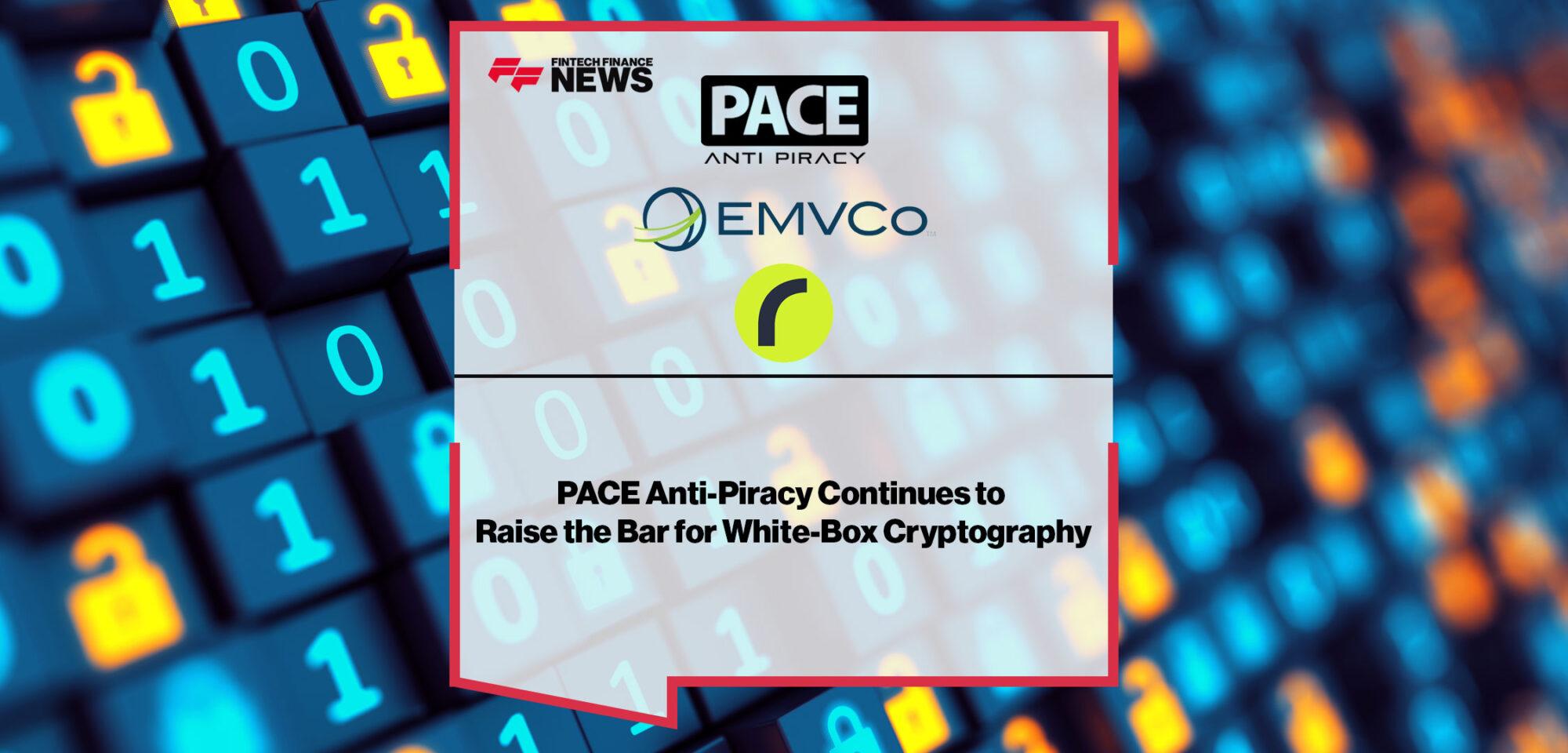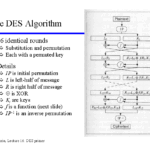In today’s digital ecosystem, the incessant threat of piracy has become a calamitous blight, affecting content creators, software developers, and industries dependent on intellectual property. This phenomenon can elicit both outrage and frustration, as unauthorized distribution dilutes revenue streams and undermines the sustainability of creative endeavors. Though Digital Rights Management (DRM) has been the go-to solution, its efficacy is increasingly called into question. Cryptography represents a paradigm shift, presenting an intriguing alternative to the traditional DRM measures that often alienate legitimate users and fail to robustly deter piracy.
To comprehend how cryptography can supplant DRM, it is crucial to grasp the underlying principles of both. DRM primarily operates through restrictions and access control mechanisms that aim to inhibit unauthorized use. However, these systems are often cracked, circumvented, or rendered ineffective, leading to consumer dissatisfaction. Cryptography, on the other hand, harnesses the power of mathematical algorithms to encode sensitive information, ensuring that only authorized entities can access or utilize content. It engages in a battle of wits, utilizing layers of security that transcend mere locking mechanisms.
The initial approach to employing cryptography against piracy involves the implementation of robust encryption techniques. Encryption transforms readable content into scrambled data that can only be deciphered through a specific key. By encoding digital assets, content owners can retain control over their products, enabling them to decide who accesses their work and under what conditions. For example, a video streaming platform could encrypt its content, requiring users to authenticate their identity before gaining access. This adds a significant layer of security, complicating efforts for illicit distribution.
Moreover, modern cryptographic techniques have evolved to incorporate a variety of systems, including symmetric and asymmetric key encryption. Symmetric encryption utilizes the same key for both encryption and decryption, ensuring rapid access but posing challenges in key management when large-scale deployment is required. In contrast, asymmetric encryption employs a pair of keys: a public key for encryption and a private key for decryption, allowing for more intricate access control frameworks.
In addition to encryption, the integration of digital signatures represents another formidable weapon in the fight against piracy. Digital signatures authenticate the origin of digital content, confirming its validity and the identity of the creator. A digital signature provides a tamper-proof seal; this not only reassures consumers of the content’s integrity but also dissuades pirates, who thrive on unauthorized replication. Should a piece of content circulate without its digital signature, users can easily ascertain its unverified status, prompting them to avoid it. This cultivates an environment of trust and respect for intellectual property.
Further advancements in cryptography yield the potential for watermarking techniques, which embed identifiable information within digital files. Watermarks can remain imperceptible to end users while providing an avenue for tracing unauthorized copies back to their source. This traceability serves multiple functions, acting both as a deterrent and facilitating legal recourse against infringers. When potential pirates understand that their illicit actions can be traced back to them, the cost-benefit analysis often tilts unfavorably against piracy.
Blockchain technology epitomizes another promising dimension of cryptographic capability. This decentralized, immutable ledger system allows for transparent tracking of digital assets, confirming ownership and usage rights without centralized control. Utilizing blockchain, content creators can distribute their work while receiving real-time recompense based on verified usage. This fundamentally shifts the revenue paradigm, enabling artists and developers to monetize their creations more effectively. The inherent characteristics of blockchain also protect against tampering and unauthorized alterations, making piracy significantly more challenging.
In promoting these cryptographic solutions, a cultural shift must also occur—a transformation in societal attitudes toward piracy. Consumers frequently rationalize piracy under notions of accessibility and affordability, believing that the means justify the ends. By employing cryptography to allow for equitable access points, such as tiered subscription models or pay-per-use scenarios, content creators can engage with consumers in a manner that respects their needs while safeguarding intellectual property. This model builds an ecosystem where access is so seamless that the allure of piracy diminishes.
It is imperative to cultivate awareness around the impact of piracy. Education plays a pivotal role in shifting public perception, emphasizing the value of creative works and the repercussions of theft. A concerted effort to elucidate the ethical implications of piracy, coupled with practical solutions like cryptography, can nurture a more responsible consumer base. Engaging storytelling and informative campaigns can amplify the message, prompting introspection and promoting respect for creators’ rights.
Ultimately, cryptography presents a formidable arsenal against the pervasive challenge of piracy. By employing dynamic encryption, digital signatures, watermarking techniques, and leveraging the potential of blockchain, stakeholders can fortify their intellectual property. These sophisticated methodologies foster a more resilient digital environment, wherein creative endeavors can thrive without the shadow of existential theft looming overhead. It is time to embrace cryptography not merely as a technical solution, but as a catalyst for a broader cultural renaissance—one that values and protects the fruits of human ingenuity.









Leave a Comment